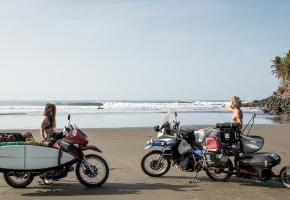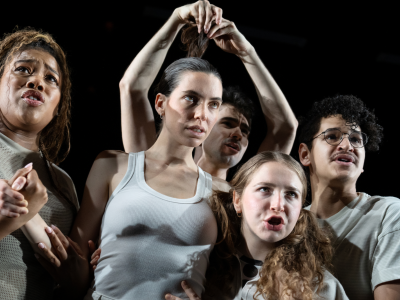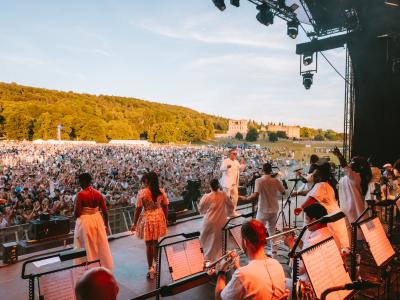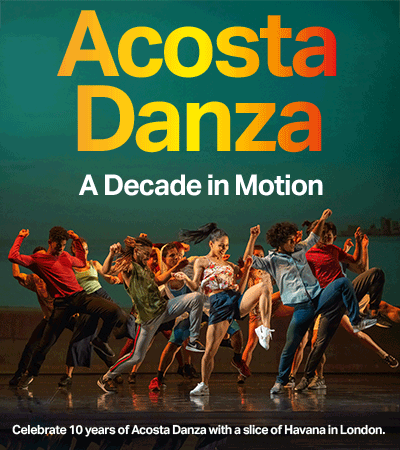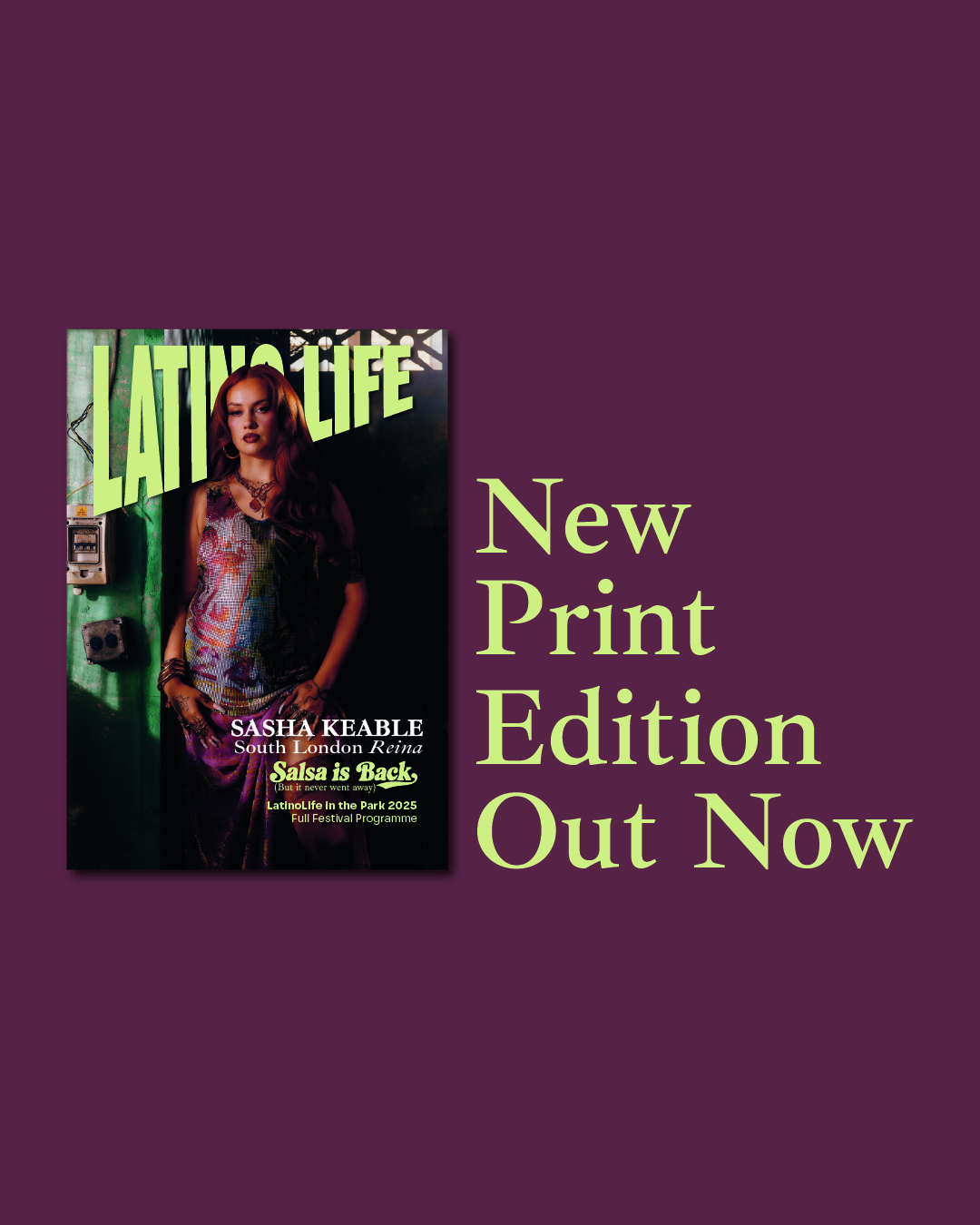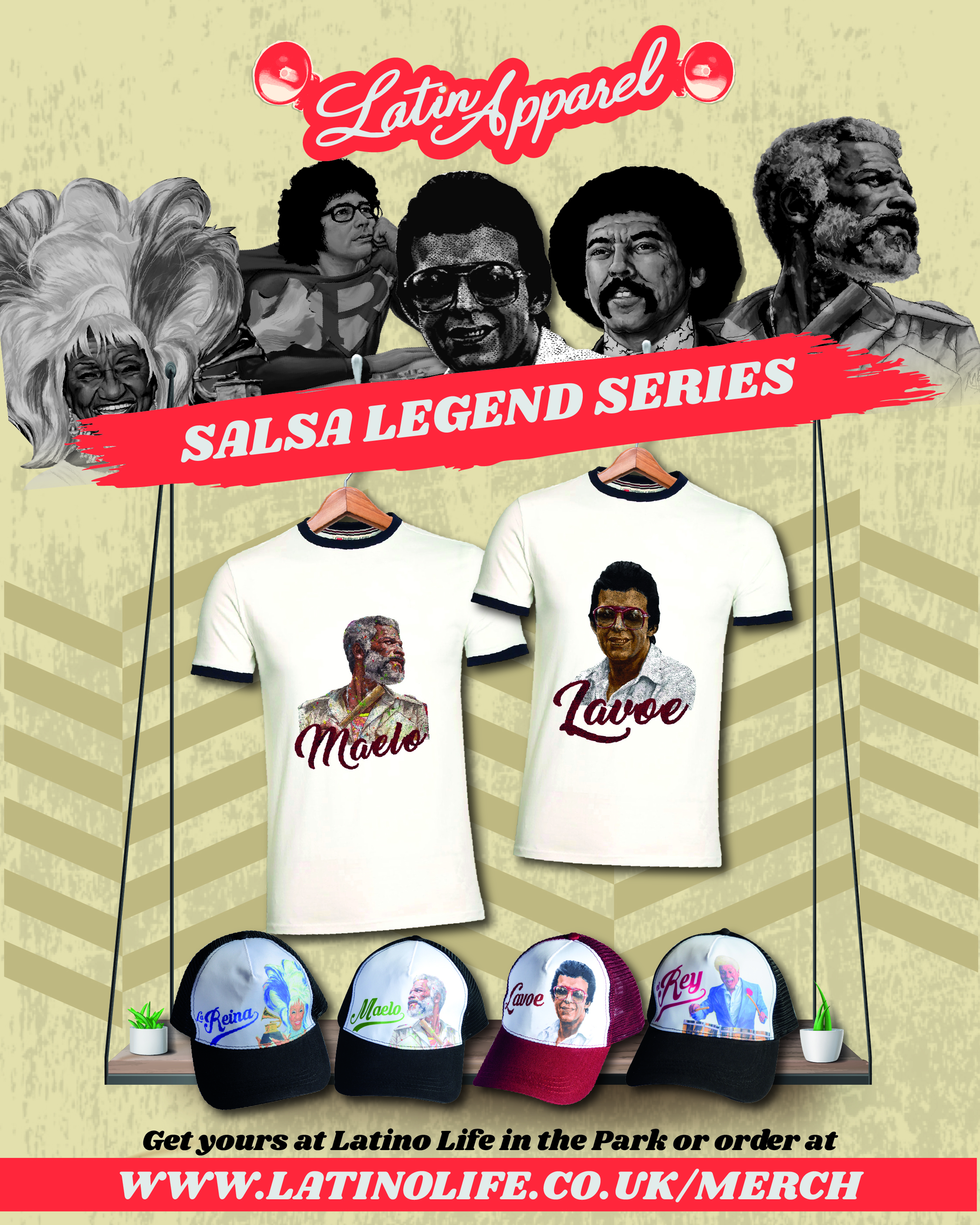Brutal dictatorships shaped much of the political landscape of Chile, so overwhelmingly, the arts have been inextricably linked to the socio- economic and historical elements of the country. Even the very first president, Irish/Chilean ‘Criollo’ Bernardo O’Higgins, was criticized for his authoritarian leadership, which eventually led to his exile in Perú. Political trauma has inspired and shaped Chilean films, so that it is rare to find one that does not encompass the social and political realities of life, which have defined the very identity of Chilean cinema.
Early days
The Chilean film industry began in 1897, with the first effort by the documentalist Luis Oddó Osorio who, in May of that year, screened his short silent film UNA CUECA EN CAVANCHA (A ‘Dance’ in Cavancha) at the Philharmonic salon. Sadly, most of these early productions are now lost and the only film of that time that can still be viewed, is the delightful silent short UN PASEO A PLAYA ANCHA (1903) (An outing to Wide Beach) directed by the Frenchman Maurice Albert Massonnier. Massonnier, with his brother Moussy, were both cameramen who had been trained in Paris from 1896 by the Lumière Brothers). It was a good time for brothers to flourish! Massonnier and his brother then went to Chile where Albert established himself in Valparaíso, a coastal town in central Chile. For the film, Massonnier invited a group of 150 guests to the beach, including some people from the local media, where he filmed them having a meal that gradually descends into a brawl. The film was enthusiastically received and was shown in the city for many days. In this trailer, the film has had some cueca dance music added for effect: -
Un Paseo a Playa Ancha 1903
A few years later, the first ever fiction and properly national film MANUEL RODRIGUEZ (1910) was written and directed by the Chilean actor and director Adolfo Urzúa Rosas. With this it could be said that Chile became one of the oldest film industries on the continent. MANUEL RODRIGUEZ tells the story of a mythical guerrilla who was involved in the wars of independence. It was stiff and basically ‘filmed theatre’ but was enormously popular, encouraging the growth, from 1915, of cinema magazines. The media cult of the celebrity was born in Chile.
Manuel Rodríguez (1910)
In the five years from 1923 to 1927, no fewer than 54 features were filmed in Chile. There were some awards, like the Goya and others, but internationally they failed to make an impact. Also, the Great Depression reached Latin America and Chile was not immune and productions fizzled out. Despite that Jorge ‘Coke’ Délano (1895-1980) managed to produce the first sound movie in Chile in 1934, called NORTE Y SUR (North and South). It is set in a mining town, where the trials and tribulations of a love triangle play out. Alejandro Flores plays a young Chilean miner who loves a beautiful woman (Hilda Sour). She, meanwhile, lives with a North American mining engineer (Guillermo Yánquez) who has seduced her with his fortune. She eventually comes to see that her real happiness is in the south and not the north.
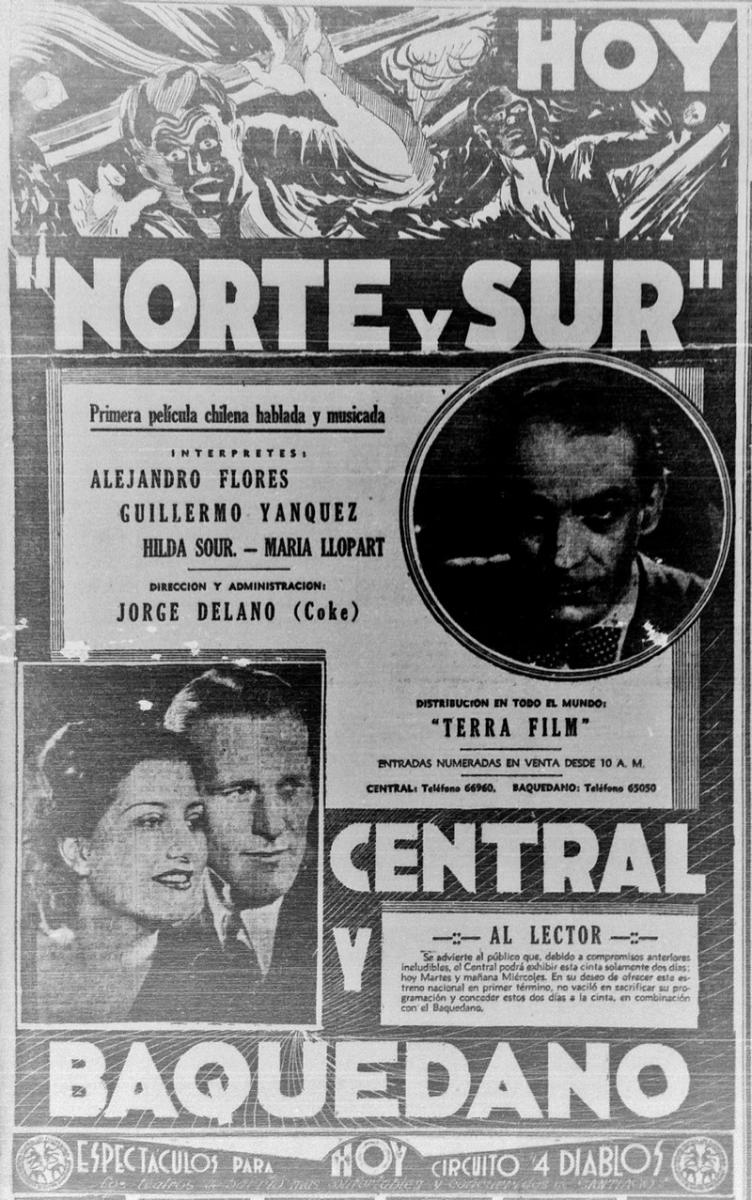 Norte y Sur (1934)
Norte y Sur (1934)
In 1942, the government of Juan Antonio Ríos created Chilefilms with the objective of stimulating the industry, to emulate the Hollywood studio’s model. This led to the wonderful creation of a ‘National Cinema Day’ (now why don’t we have one of those in the UK?). Officially, it is on the equinox of June 21st, but now, it is celebrated on the second Tuesday of October! Unfortunately, bad administration led to the bankruptcy of Chilefilms which was then privatized. It was only 22 years later that Chilefilms returned to state control with adequate funds to back national productions. In 1967, the first ‘New Latin American Film Festival’ then opened in Viña del Mar, inaugurating ‘New Chilean Cinema’.
NEW CHILEAN CINEMA (1960s- 1989)
New Chilean Cinema focused on the political and social realities of the country. There was little interest in mere commercial success. Led by ideology and an emotional need to express the ideals of a generation, powerful works and documentaries, expressed the core themes leading up to the Unidad Popular (Popular Unity, a left-wing political alliance). In the 1950s, the first Film School at the Catholic University of Santiago was founded, and later Sergio Bravo introduced a Centre for Experimental Cinema at the University of Chile. From these two centres, creative directors like Raúl Ruíz, Patricio Guzmán, Helvio Soto and Miguel Littín soon emerged, inspired by the socio-economic and political movements taking place. Among the films are Raúl Ruíz’s THREE SAD TIGERS (1968) Miguel Littín’s JACKAL OF NAHUELTORO (1969) and Helvio Sotos CALICHE SANGRIENTO (1969). This movement echoed similar expressions taking place in the ‘Cinema Novo do Brasil’ and the ‘Nuevo Cine’ in Argentina.
As Allende gained in stature and popularity, director Patricio Guzmán and five colleagues chronicled political developments in Chile for nine months, right up to the coup d’état on September 11th 1973. In a monumental trilogy of films, THE BATTLE OF CHILE (1975-79) Guzmán reveals the build-up of events that led to the fall of the government of Salvador Allende, in which the president died. Guzmán filmed the actual bombardment of La Casa de La Moneda (The Presidential Palace) during the takeover by General Augusto Pinochet. Guzmán was among those subjected to incarceration in the stadium during the bloody early stages of the coup. Part 1: The Insurrection of the Bourgeoisie (1:37:00) examines the reaction of the right to the unexpected victory of the left in the Congressional elections of march 1973.
Part 1 - The Struggle of the bourgeoisie
Part 2- Coup D'état. The Struggle of an unarmed people ( English sub-titles)
In this section, a cameraman records his own death while filming the early moments of the Coup d'état that in 1973 deposed democratically elected Chilean president Salvador Allende from power.
The Pinochet Regime was quick in taking action against the perceived insurrection of the Arts. Photographers, painters, poets, writers and film makers were persecuted and cruelly repressed. A new censorship law was activated where members of the Armed Forces (!) formed a part of the council of Cinematographic classification to impose greater control. Fortunately, in many cases, many things got through, as often the censors did not understand or pick up on the subliminal ironies in the messages!
Many filmmakers were forced to flee, among them the giant Miguel Littín. Of Greek and Palestinian heritage, his impact on the Chilean film scene has been immense. In 1973, at the time of the coup, he was working on LA TIERRA PROMETIDA (The Promised Land) when he had to flee and complete the film in Cuba. This is a powerful film with images that are hard to forget. A socialist epic, it describes the struggle of revolutionary Chilean peasants in the 1920s. It combines history and myth, with poetry and revolution. The cinema vérité style with music from Inti-Illimani, has a haunting quality evoking a strong sense of immediacy which leaves a lasting impression. It finally got its premiere in Chile in 1991, eighteen years later!
La Tierra Prometida (The Promised Land) 1974
However, no one is a prophet in their own land, so the battle remains to entice people to attend the screenings of these documentaries and drama-documentaries. Whereas an American blockbuster might attract 13m viewers, a Latin American film will be lucky to attract 90,000. Many documentaries beloved by directors, film makers and critics are not always popular with audiences.
TRANSITION
When Pinochet finally stepped down in 1990, many artists and filmmakers who had fled abroad returned, anxious to reveal their experiences of exile and suffering. But not everyone in Chile wanted to hear. What for the Argentines was called ‘El Destape’ (The Opening), in Chile became known as ‘The Transition’. In the 1990s, the first signs of re-birth in the film industry began to emerge. The Third International Film Festival in Viña del Mar became known as the ‘Festival of Re- Encounters’ as films from exiled directors were screened, once again or for the first time.
Award winning productions like LA FRONTERA (The Frontier -1991) by Ricardo Larraín, and LA LUNA EN EL ESPEJO (The Moon in the Mirror -1990) by Silvio Caiozzi indicated that a new era in Chilean film had started, as awards flooded in from International Film festivals. These films avoided graphic descriptions of the suffering under the Dictatorship. It was only later, once people could stomach the awful truths, that films would emerge that dealt with the issues of torture and loss of the 1970s and 1980s, more explicitly.
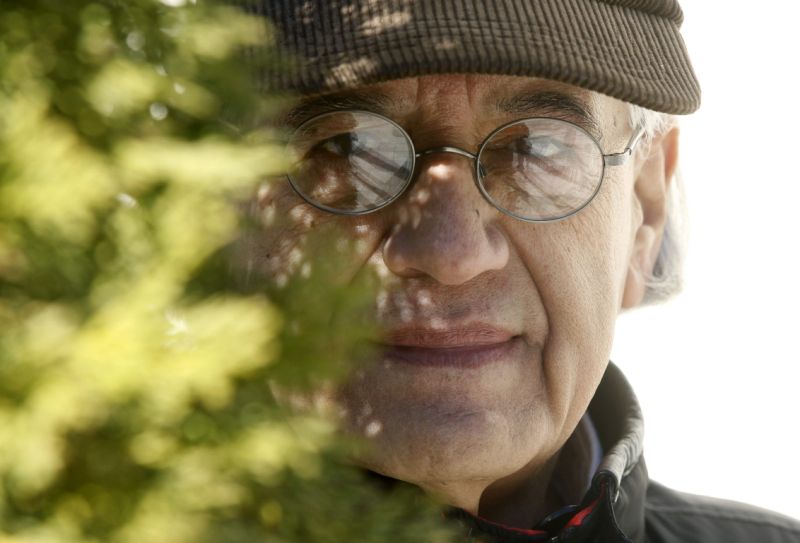 Patricio Guzmán
Patricio Guzmán
So, film makers began to tackle the legacy of the dictatorship and none so magically as Patricio Guzmán, with the first of his trilogy NOSTALGIA FOR THE LIGHT (2010). This gentle but deeply moving film approaches the memories of the past using allegory as well as direct documentary evidence. Relatives search among the stones of the Atacama Desert for fragments of their disappeared families, as stargazers search the skies for knowledge of the past, everything is memory. The result is a poem that is hard-hitting, profoundly beautiful and one of the most moving films to emerge from Chile.
Nostalgia for the Light (2010)
Although CineChile replaced the loss of Chilefilms, it never had the necessary financial backing. So, the new law of audio-visual finance of 2004, promulgated by Congress, was a welcome relief. Partly thanks to this, Chilean films have finally burst on the international film scene with a big impact.
Creative film studios like Wood Productions (run by Irish/Scot/criollo Andrés Wood, with his clutch of films that have done well in Latin America including MACHUCA (2004) and VIOLETA WENT TO HEAVEN (2011). In MACHUCA, Wood referred to his own school experiences. It relates the story of two pupils from totally different backgrounds: Gonzalo (Matías Quer) from a wealthy family and Pedro (Ariel Mateluna) an indigenous lad from a poor family. They meet at an elite English Language Catholic school thanks to a social integration project. The rise of President Allende and the repercussions of the subsequent coup, threatens to pull their friendship apart.
Machuca (2004)
The Larraín Brothers’ production company, Fábula, run by Pablo and Juan de Díos Larraín, has also been producing a wide range of challenging productions: The superb EL CLUB (2015) about a group of defrocked priests, JACKY (2016) staring Natalie Portman as the enigmatic Jacqueline Kennedy, GLORIA (2013) by Sebastian Lelio, with the charismatic Paulina García portraying a mid-life crisis and re-birth and the ironic and experimental approach to a biopic of Pablo Neruda’s escape from Chile in NERUDA (2016). The list is long and growing daily. Among the most recent is the innovative and experimental EMA (2019) directed by Pablo Larraín, with the lovely Mariana Di Girolamo, in which ‘dialogue is beautifully translated into dance’, creating a new dynamic for the modern musical. (see https://issuu.com/latinolife/docs/latinolife_mayo_sat02)
EMA (2019)
Chile is buzzing and awards are not far behind. In 2012, NO (directed by Pablo Larraín) became the first Chilean film nominated for the Oscars for Best Foreign Language Film. In 2017, A FANTASTIC WOMAN (2017) by Sebastián Lelio, became the first to actually win it.
 Pablo Larraín and Gaël García Bernal
Pablo Larraín and Gaël García Bernal
NO, tells the story of the controversial 1988 referendum, through the experiences of a young publicist (Gaël García Bernal) who has returned to Chile from exile in Mexico, at the height of General Pinochet's military dictatorship, to take a leading role in the "No" campaign, the success of which led to the re-democratisation of the country.
No (2012)
A FANTASTIC WOMAN by Sebastian Lelio is a film that has had a huge impact all over the world. It was significant that it won the Oscar for Best Foreign Language Film. The performance of trans actress Daniela ‘Dani’ Vega is riveting and profoundly moving in every way. In the film, when her fiancée dies suddenly, she has to cope with the prejudiced repercussions that are thrown at her by his family, which leads to a poignant rediscovery. (https://www.latinolife.co.uk/articles/fantastic-woman-2017-dir-sebastia…).
A Fantastic Woman (2017)
Now a new generation of young filmmakers is emerging. These are people born post-Pinochet, young creatives who never lived under a dictatorship. They are introducing new concerns, with themes becoming ever more diverse and universal and, in some ways, not so fixated on local past experiences. Like with the works of Matías Bize, IN BED (2005) SATURDAY (2002), other existential values have started coming through, with themes of alienation, solitude, loneliness, commercialisation, trans issues and more. Despite this, the historical legacy does persist and permeates nearly all the productions on a subliminal level, as some film makers work on helping people ‘digest’ the past through engaging with the traumas on screen.
Some Chilean directors prefer to confront the issues with stark realism as in CABROS DE MIERDA (Damn Kids - 2017). A veteran with over 10 award-winning films, Gonzalo Justiniano has dedicated much of his work to portraying the suffering of those affected by the Regime. He vividly expresses the horror and surprise of the people at the unexpected brutality of the 1973 coup on the part of the Military. Coups in Latin America have been a fact of life since the Conquistadores and they have often come and gone without much ado for the average population. This coup changed all that in the most brutal manner and it has not been forgotten. The regime even deployed chemical weapons such as Sarin, let alone more commonly known forms of torture.
Cabros de Mierda (Damn Kids - 2017)
On the other hand, director Inti Carrizo Ortíz with his film NOCHE (The Night - 2017) uses a powerful and fantastical metaphor in his science-fiction interpretation of the times. (https://www.latinolife.co.uk/articles/chiles-artistic-renaissance-quest… )- It is an uncomfortable apocalyptic thriller that explores how people react when they find themselves in extreme circumstances. One day, the people wake up to find that the sun does not come up at all…
Noche (2017) (NO ENGLISH SUBTITLES)
In Latin America it is still a struggle to get the bums on seats for local or Latino productions, despite this, some bums break through. This is an ongoing issue that still needs to be addressed.
In Chile STEFAN vs KRAMER (2012) remains the most viewed film in the history of Chilean cinema. It’s a parody of political and entertainment characters, by the talented comedian Stefan Kramer. Films by Andrés Wood have also attracted good audiences.
Chilean Animation has also done well. In 2016, a short film directed by Gabriel Osorio and Patricio ‘Pato’ Escala caused a sensation by winning the Oscar for Best Animated Short for BEAR STORY (2016) and previously. THE JANITOR (1994) a short by Vanessa Schwartz, was nominated for an Oscar.
The Bear Story (2016) (apologies for the advertising interference!)





